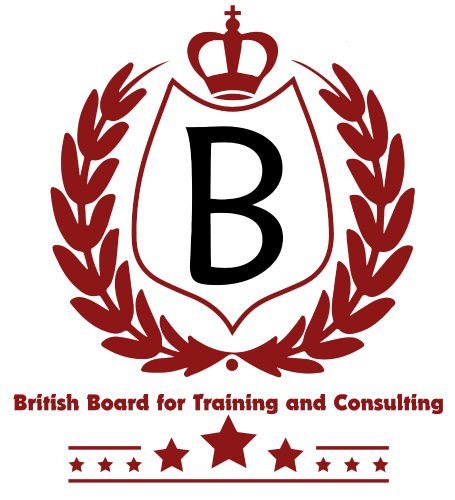The Right Way to Solve Problems

The Right Way to Solve Problems
Creating action teams is one of the best ways to attack and solve your most pressing business management problems.
Every business has problems, and the best businesses are constantly in a problem-solving mode. But there are right and wrong ways to solve problems. Let me tell you about one technique I've learned that will help you solve the types of business management problems you encounter every day.
When companies first encounter a problem they need to solve in order to grow or improve, they have to figure out how to tap the right information on the problem, how to come up with solution options, and how to implement the selected solution. Action teams can do this--they're a structured way to attack business management problems. If you truly want to change your company, then adopt the action team concept-it'll give you a base to solve problems and improve systems for many years to come.
An action team is created to solve a particular problem, and its focus is to come up with solutions to the problem, then implement the best solution(s) found. A team will normally meet for four to six weeks, concentrating on just a single problem. Meetings should be held once a week and limited to one hour. At the end of each meeting, if needed, assignments are given to team members to complete before the next meeting. This keeps everyone actively involved in solving the problem.
Let's address who should be on an action team. A team normally consists of four to six people, and each member should have some stake in the assigned problem, but it can be peripheral. For instance, if the problem happens to deal with inventory, you may have people from shipping, manufacturing, inventory management, purchasing and accounting since they each deal with inventory in one way or the other.
What you don't want is a team made up entirely of the responsible department, in this case, inventory management. In addition, team members should come from a variety of levels, not just from management. During team activities, all team members should be considered to be on the same level, rather than on their level in the company outside the team. On an action team, each member is equal--there is no rank on the team.
When it comes to the roles that your employees will hold on the team, the first one to fill is the team leader. This is the person who must keep the meetings moving forward and on track and make sure that all members are involved. They are not to allow "war stories" to dominate the meeting. The focus should be to look forward to solutions rather than rehashing problems once they've been clearly identified. The team leader must also be ready to step in and hold the team members accountable for their performance when required. When choosing a team leader, select someone who has a history of putting out a higher-than-average effort in their jobs in an effective and productive manner.
Another critical role on the team is the scribe. This person is responsible for capturing the information that comes out during the meeting and, in particular, noting the assignments that team members are given during the meeting to accomplish. These written minutes and assignments should be distributed to every person on the team no more than 24 hours after the meeting so that everyone knows their tasks for that week. The scribe can be selected by the leader at the first team meeting.
The Team in Action
To start the
problem-solving process with an action team, choose a problem. Be sure
to carefully word your "problem to be improved" so there's a clear
understanding of the expected results of your action team. Then send out
an e-mail to all selected members of the team, requesting their
participation on the team.
At the first meeting, you should brief team members on the importance of their assistance on the team, noting that it's just as important, if not more so, than their normal responsibilities. Hold the meetings during working hours so that your employees understand that you're willing to pay them to work on this important task.
Each action team project should be scheduled as a standard four-week process, although some flexibility may be required which is why as many as six weeks are allowed. (On projects that require more time, the majority of that time will go toward completing the second and third bullets below.) The process should typically follow this outline:
Week one involves clearly defining the problem and researching the issues and related data. This may include figuring out cost items and looking at different, possible solutions.
Week two is used to review the issues and the data, identifying new or modified procedures, and to identify updates or changes required to reporting systems. You want to track how the changes are affecting the business, so you need to establish some kind of measure to monitor.
Week three is used to finalize the new procedures through group interaction. In other words, the team is starting to establish written procedures on new, required actions.
Week four culminates with the final draft of all new procedures and an implementation of the plan.
The result should be a new standard operating procedure and training on how to use the new process that's been created.
Profit-improvement expert John Mautner is an author and the founder of Cycle of Success Institute.




